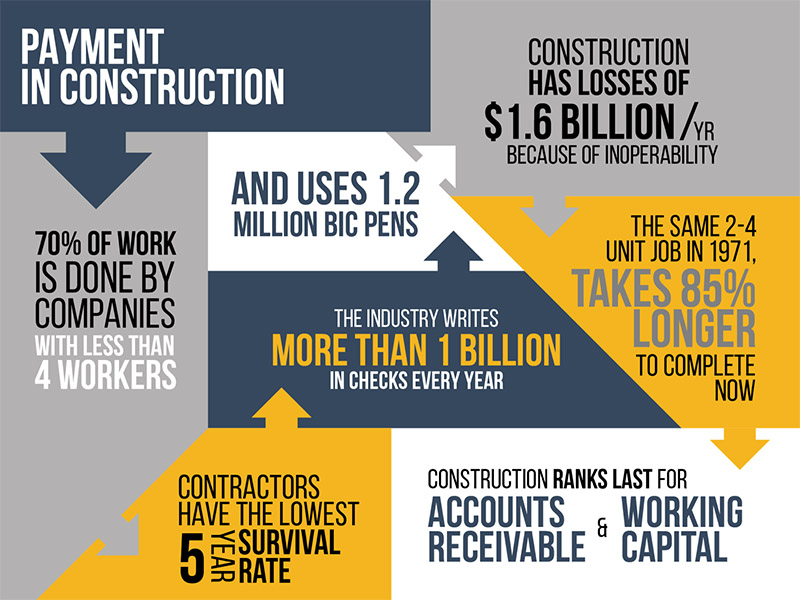From project management software to cloud technology, innovation is allowing contractors to do more each day.
The emergence of new technology figures prominently in all industries, construction is no different. The construction industry is booming with more work than contractors can handle and not as many resources as needed. This puts a greater onus on efficiency and accuracy. That’s where new technology has been critical.
However, new technology is only as effective as the people charged with the task of using it. Buy-in can be a challenge at times. People have achieved success performing their tasks in certain ways through the years. New technology is daunting and can feel like they are starting over. No one wants to feel that way. That’s why it’s critical to put as much emphasis on getting employees to embrace new technology as it is to implement the technology itself.
Cotney Construction Law’s Jacksonville construction attorneys touched on this by providing a few tips for getting workers to embrace new technology in the first part of this series. Here are more tips for transforming your organization.
Take a poll
The technology will be used by your employees. It’s important to understand their needs. Take a poll to find out what aspects of their job would be enhanced by technology solutions. Let those answers guide your tech investments. This will clear the path to buy-in because your employees will be getting what they want.
Show employees how new technology will affect their jobs
For employees to embrace new technology, it has to be real for them. They have to see it not as a new way to do things or one more thing to learn, but as a way to make their jobs easier. When introducing and training employees on new technology, use examples of how their jobs will be enhanced. Demonstrate benefits. This will greatly enhance buy-in for new tech.
Focus on a few functions
Most of today’s new technology, especially software solutions, have a myriad of functions. However, to someone being introduced to new software, this can be overwhelming. Focus on a few critical functions. Get workers up to speed on those and, when they are ready, introduce more capabilities.
This blog first appeared on Cotney Construction Law’s website and can be viewed here.
Disclaimer: The information contained in this article is for general educational information only. This information does not constitute legal advice, is not intended to constitute legal advice, nor should it be relied upon as legal advice for your specific factual pattern or situation.





